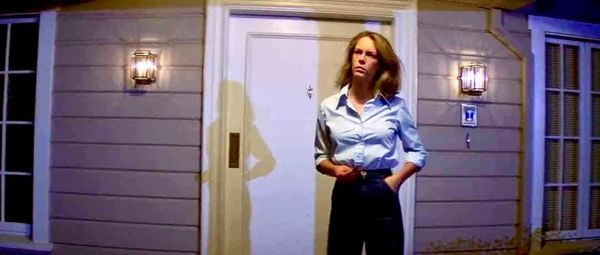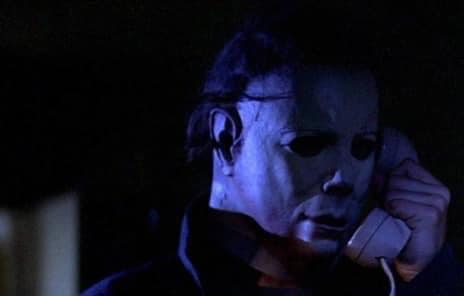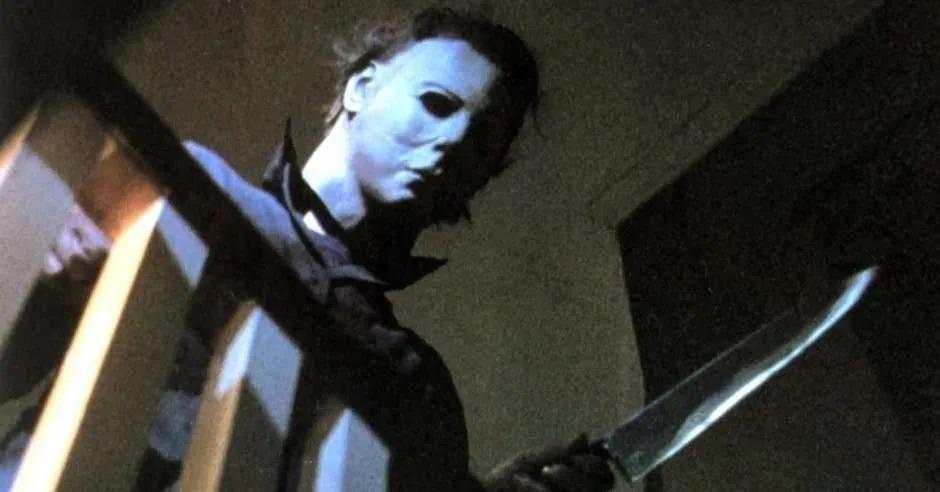Halloween (1978), directed by John Carpenter, is a seminal classic in the horror genre. The film is often credited with defining the slasher genre and has had a lasting impact on how horror movies are made and perceived.
Here’s a quick breakdown:
Plot: The film follows Michael Myers, who escapes from a mental institution on Halloween night and returns to his hometown to continue a murderous spree that began years earlier. His primary target is Laurie Strode, a high school student who unknowingly becomes the focus of his attention.
Strengths:
Atmosphere: Carpenter’s use of minimalistic music, including the iconic Halloween theme, contributes significantly to the film’s tense atmosphere. The score is often cited as one of the best in horror history.
Suspense and Pacing: The movie builds suspense masterfully. Carpenter uses long, lingering shots and a slow build-up to create tension, allowing fear to gradually intensify.
Characterization: Laurie Strode, played by Jamie Lee Curtis, is a classic “final girl” character. Her portrayal is strong and relatable, and her character’s struggle for survival adds emotional depth to the film.
Direction and Cinematography: Carpenter’s direction is tight and focused. The use of wide shots and careful framing creates a sense of dread and foreboding. The film’s visuals are both simple and effective.
Influence: Halloween has inspired countless horror films and franchises. Its success helped pave the way for other slasher films and established many tropes that are still used in horror today.
Weaknesses:

Limited Backstory: Some viewers might find Michael Myers’ lack of backstory a bit of a drawback. The film leaves his motivations somewhat ambiguous, which can be a strength but may also leave some questions unanswered for those looking for more depth.
Slow Pace for Modern Audiences: While the pacing is deliberate and builds suspense, it might feel slow to viewers accustomed to more fast-paced horror films.
Overall, Halloween is a must-watch for horror enthusiasts and a significant piece of cinematic history. Its minimalistic approach, combined with effective suspense and memorable music, makes it a standout in the genre.



